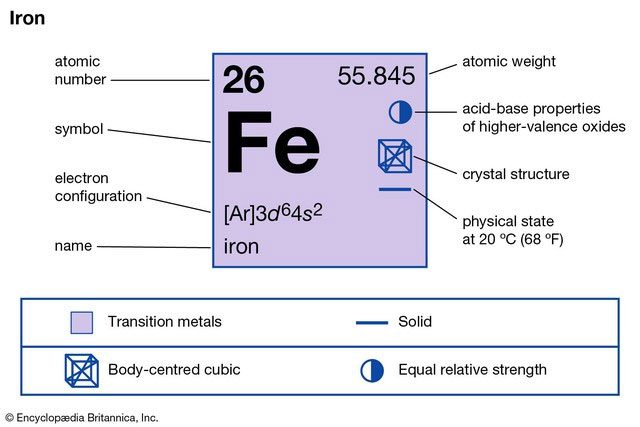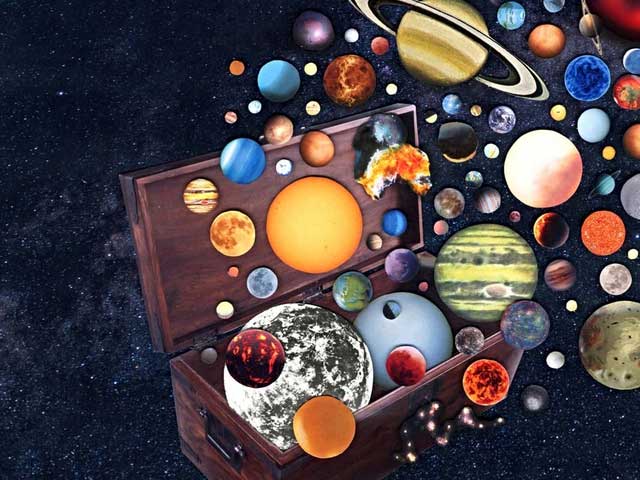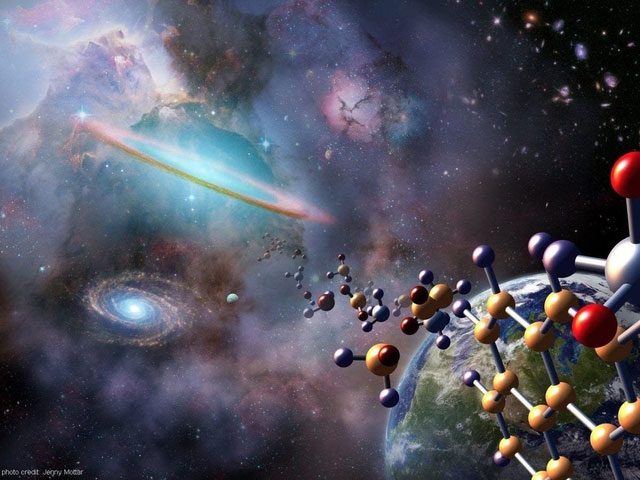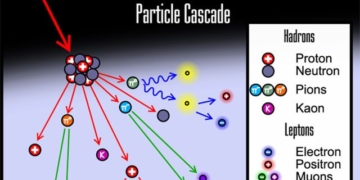How Was the Universe Born? Where Is It Going? Among the many theories regarding the end of the universe, there is one particularly compelling theory: the universe may eventually become a colossal mass of iron. Why does the element iron, which we are so familiar with on Earth, become the final material of the universe?
When exploring the ultimate fate of the universe, we must mention thermodynamics, the second law of thermodynamics, and the principle of increasing entropy, which is key to our understanding of the universe’s evolution. Entropy, simply put, is a measure of the disorder of a system. On a cosmic scale, this means that the total entropy of the universe is increasing over time.
As one of the most important thermodynamic systems in the universe, stars play a crucial role in the expansion phase of the universe. The birth and death of stars are not only key to the material cycle in the universe but also shed light on the evolutionary processes of elements in the universe, particularly the unique fate of iron.
Stars convert light elements such as hydrogen and helium into heavier elements through the process of nuclear fusion. During this process, the temperature and pressure within stars continue to rise until they can produce iron. However, once the amount of iron in a star’s core accumulates to a certain level, the nuclear fusion process halts. Since iron has the highest nuclear binding energy, it does not release energy to support further stellar fusion. The end of this process has different outcomes for stars of varying masses.

Iron has the highest nuclear binding energy.
For smaller stars, like our Sun, it will eventually become a white dwarf, a dense object supported by electron degeneracy pressure. These white dwarfs will gradually cool, eventually becoming cold stars made of iron and other heavy elements. For more massive stars, their fate may be a supernova explosion, one of the most spectacular events in the universe.
In a supernova explosion, the core of the star collapses into an extremely dense object, which may be a neutron star or a black hole. During this collapse, a significant amount of iron cores will be synthesized. These iron cores are expelled in the shockwave of the supernova explosion and spread throughout the universe.
As the universe evolves, iron cores gradually spread across it. Because iron is a relatively stable element, they slowly coalesce to form iron masses of varying sizes. These iron masses attract one another in the universe, gradually forming larger iron clumps, which may eventually evolve into iron stars or iron planets. Over time, new stars will form at a slower rate than other stars are dying. Ultimately, the light in the universe will gradually fade, and galaxies will dim until they completely extinguish.

As the universe evolves, iron cores gradually spread across it.
Current observations indicate that the expansion of the universe is accelerating. As the universe expands, matter becomes more distant from one another, causing the average temperature of the universe to decrease. According to Hawking radiation theory, black holes will slowly evaporate through quantum effects, releasing radiation.
On an extremely long timescale, even supermassive black holes will eventually disappear, leaving behind a uniform field of low-energy radiation. When all matter in the universe reaches an even energy distribution, the universe will enter a static state, known as heat death. If the role of dark energy continues to increase, it might accelerate the expansion of the universe enough to tear apart everything from galaxies and stars to planets and atoms, even the very fabric of time and space. During this process, the universe will undergo irreversible decay until even the most fundamental particles are torn apart.

The Sun will shrink and become a white dwarf, but it will not become iron.
However, the complexities of the universe go beyond these simple predictions. Under stable controlled conditions, if fusion reactions could continue to undergo changes over countless years, it could indeed transform into iron. However, reality is not that straightforward. For instance, our Sun, according to scientists’ calculations, will burn helium when it exhausts hydrogen in its core and expand into a red giant. However, this is just one chapter in its life story.
Over time, the Sun will shrink and become a white dwarf, and even at this stage, it will not turn into iron. In fact, the white dwarf will continue to collapse and evolve into a black dwarf wandering through the universe. Additionally, many stars in the universe will ultimately not transform into iron. Most stars will evolve into white dwarfs, black dwarfs, neutron stars, or black holes.
Thus, in the end, the universe will not be left with only iron. When fusion fuel is depleted, materials will not withstand strong gravitational forces and will directly bypass the iron formation stage, affecting electrons and protons. Neutron stars are celestial bodies formed after electrons are compressed into protons by strong gravitational forces.
Additionally, the fission of heavy elements also creates a similar effect. Notably, humans have yet to discover any celestial body composed entirely of heavy elements. This means that there may not be objects in the universe composed of heavy elements because before their formation, they may have collapsed into other types of objects due to gravitational forces.

We can conclude that the ultimate destination of the universe is certainly not iron!
Although iron plays a significant role in the universe, according to current observations and scientific calculations, no celestial body composed entirely of iron has been discovered. Instead, our space telescopes have observed many other types of objects, such as white dwarfs, black dwarfs, neutron stars, and black holes. Scientists estimate that our universe is about 13.8 billion years old. That is a long time, and if the universe were to end up with only iron, we should see some signs of that by now. However, we have not observed any celestial bodies that can explain this phenomenon. Therefore, we can conclude that the ultimate destination of the universe is certainly not iron!
While the “iron universe” presents an intriguing perspective on the universe’s apocalypse, it is just one of many theories. The final outcome of the universe may be something we cannot imagine, but iron, as one of the most stable elements in the universe, could play a significant role in this outcome.





















































